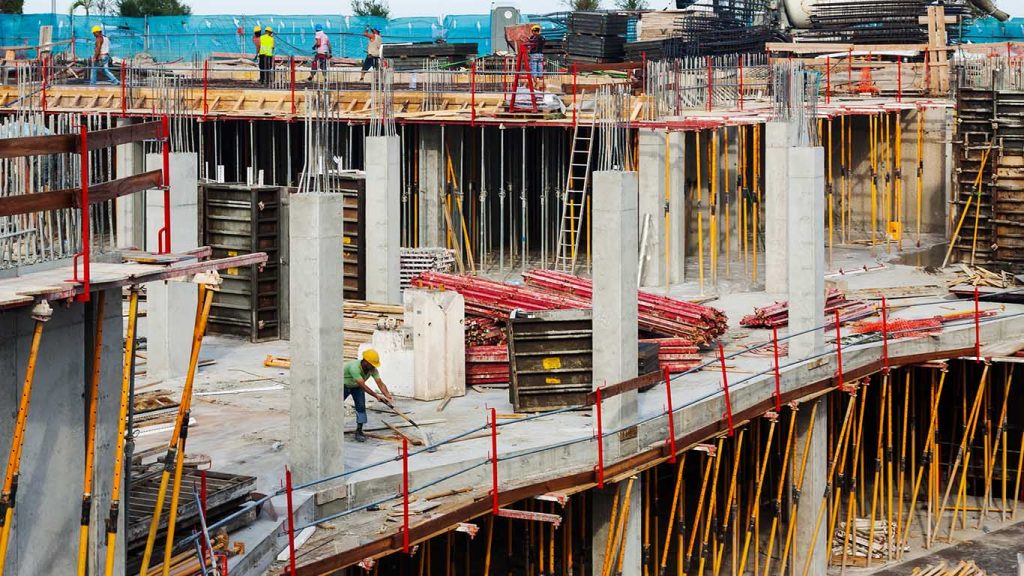In the world of construction, safety is paramount. Whether it’s residential, commercial, or industrial projects, structural integrity is a non-negotiable factor. Among all the building materials used today, steel has proven itself to be one of the safest and most reliable options—and for good reason.
Steel’s popularity in construction isn’t just about strength and versatility. Its safety profile makes it the go-to material for engineers, architects, and builders across the globe. When properly designed and installed, steel structures offer exceptional durability, resilience, and long-term safety.
Steel is known for its high strength-to-weight ratio, meaning it can support heavy loads without buckling or warping. This makes it ideal for structures exposed to dynamic forces, such as high-rise buildings, warehouses, bridges, and large-span roofs. Its ability to bear weight and resist deformation significantly reduces the risk of structural failure.
While steel itself can lose strength at very high temperatures, modern fireproofing techniques, such as intumescent coatings and fire-resistant cladding, help protect steel structures in the event of a fire. Unlike wood, steel does not combust or contribute to the spread of flames, making it a safer option in fire-prone environments.
Steel’s flexibility and ductility give it a unique advantage during earthquakes and high-wind events. Unlike brittle materials that may crack or collapse, steel structures are engineered to flex and absorb energy, reducing the likelihood of catastrophic failure.
Steel components are fabricated under controlled conditions, ensuring precision and consistency in every piece. This minimizes on-site errors, enhances structural accuracy, and reduces the risks associated with poor assembly or misalignment.
Modern steel comes with protective coatings such as galvanizing or powder coating, which shield it from rust and corrosion. When properly maintained, these coatings ensure the longevity and safety of the structure, even in harsh environmental conditions.
Steel structures are typically prefabricated off-site and then assembled quickly on-site. This reduces the amount of time workers spend at height or in hazardous conditions, improving on-site safety and minimizing risks related to prolonged construction timelines.
Steel fabrication and erection processes are subject to strict industry regulations and standards, such as those outlined by the Australian Standards (AS/NZS) or the American Institute of Steel Construction (AISC). These standards ensure that all aspects of design, fabrication, and installation meet the highest safety benchmarks.
The safety of any structure begins with the material it’s built from—and steel sets the standard. With its superior strength, resilience, and adaptability, steel remains one of the safest choices in the construction industry. When combined with expert design, certified fabrication, and skilled installation, steel structures offer peace of mind for developers, contractors, and occupants alike.
At Macweld Fabrications, we take pride in delivering structural steel solutions that meet the highest safety and quality standards—ensuring every project stands strong for years to come.
David Williams
The writer is an alumnus of University of Newcastle


